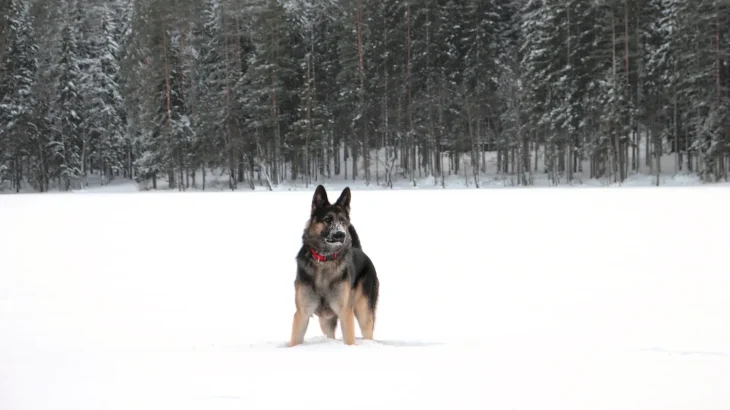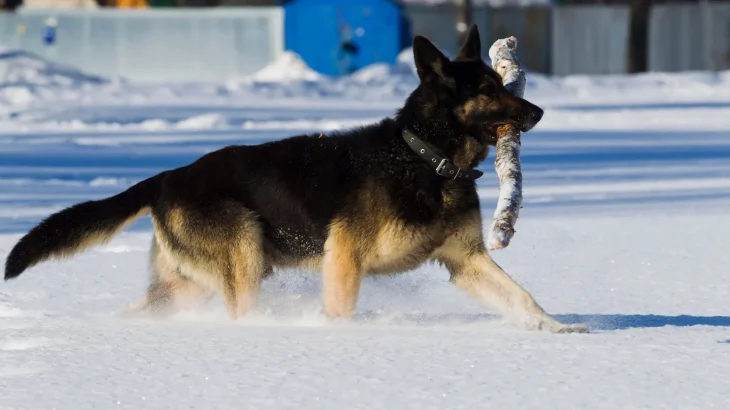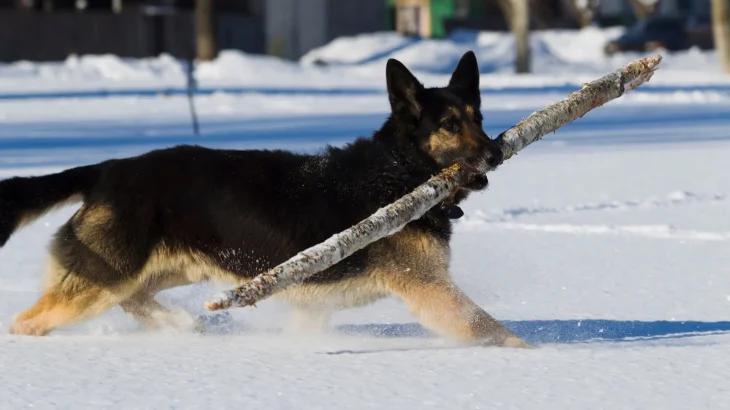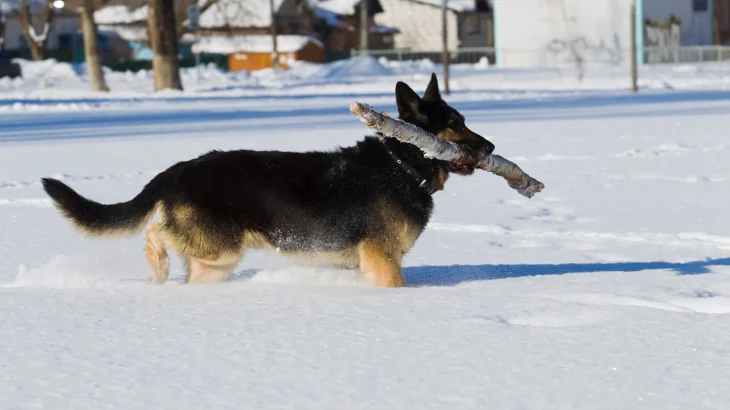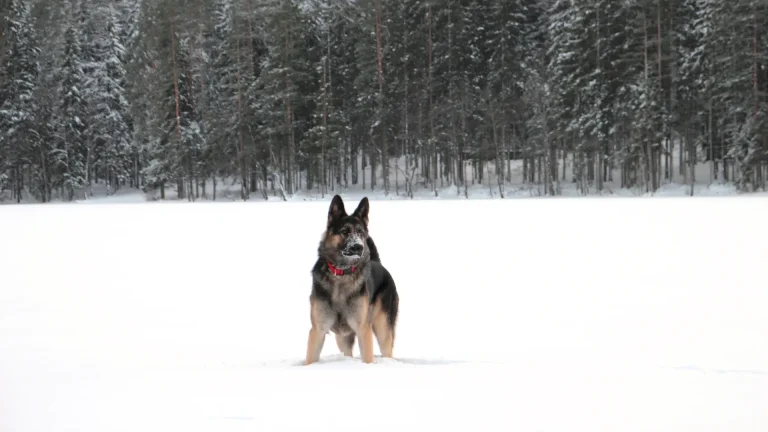Deciding whether to adopt or purchase an East-European Shepherd puppy depends largely on your priorities such as budget, health assurances, and ethical considerations. Buying from a breeder usually offers clear pedigree and health details, while adoption presents an opportunity to give a home to a dog in need, though some specifics might remain unknown.
Adoption vs. Breeder: Pros & Cons
| Criteria | Buying from Breeder | Adopting from Shelter/Rescue |
|---|---|---|
| Cost | Typically higher, reflecting purebred status and breeder investment. | Usually lower adoption fees with some costs included like vaccinations. |
| Health History | Comprehensive health screenings and genetic history often available. | Health background may be unclear; basic vet assessments done at shelters. |
| Age Availability | Primarily puppies, allowing early bonding and training. | Various ages available, from puppies to adults. |
| Temperament Insight | Breeders can inform about lineage temperament traits. | Temperament based on observed behaviors; full history may be unknown. |
| Supporting Practices | Supports responsible breeding programs when breeder is ethical. | Supports animal welfare by rescuing dogs needing homes. |
| Breed Purity & Pedigree | Pedigree papers and lineage guarantees often provided. | Breed purity may be uncertain or mixed. |

